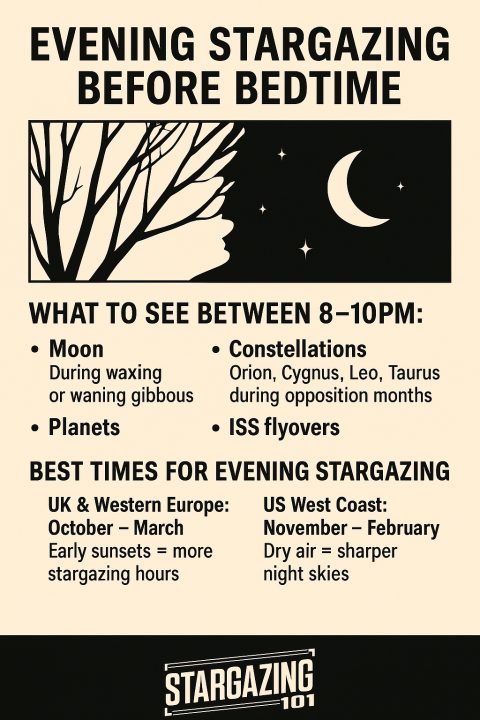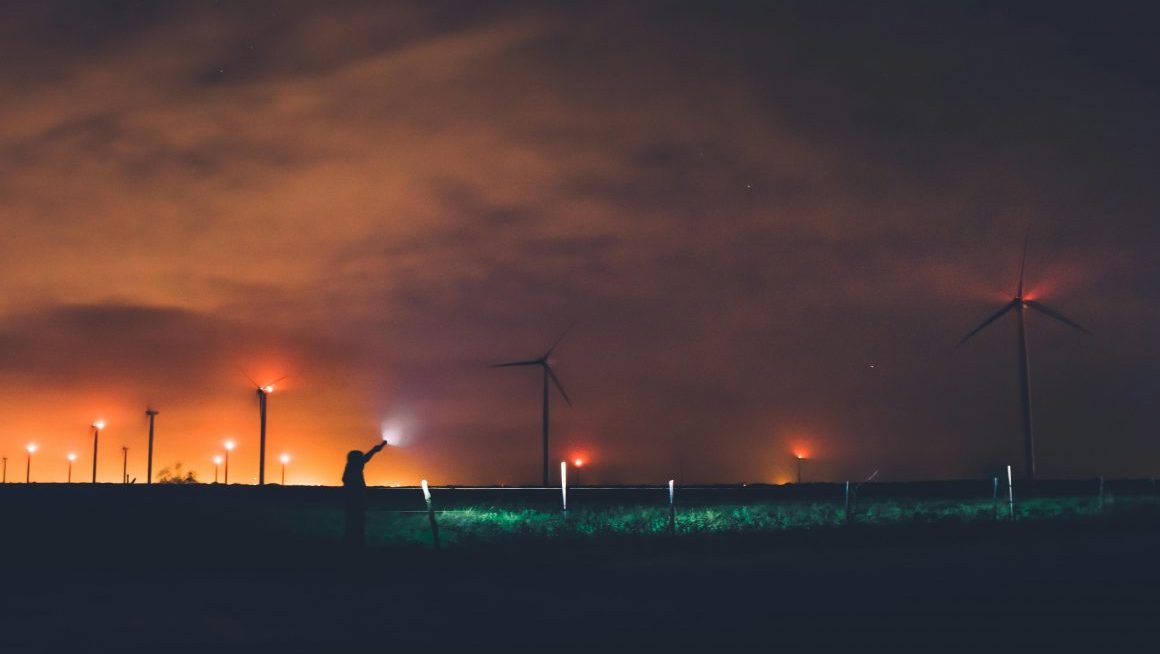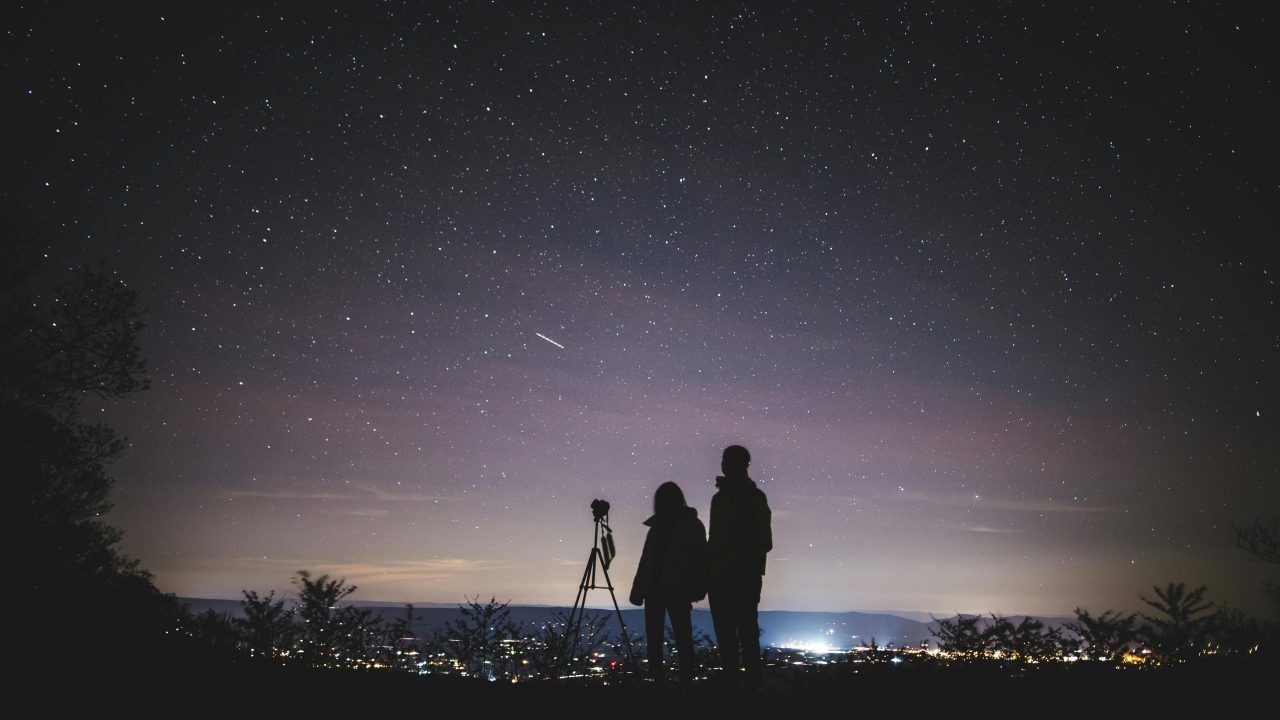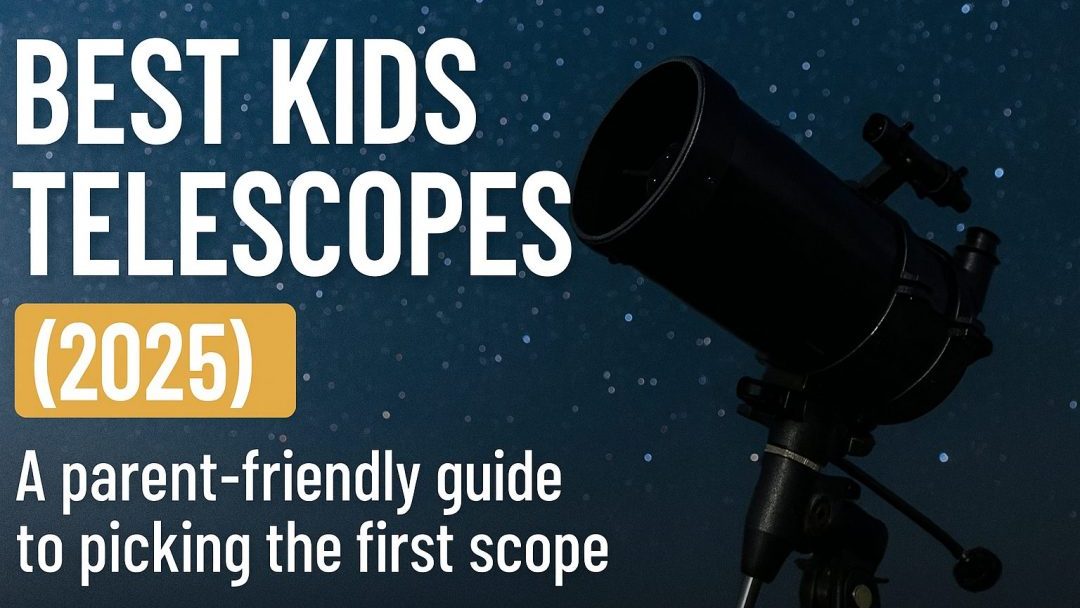
Credit: Star Zhang
Can you stargaze before bedtime?
Put simply, yes!
Evening stargazing (between 8–10pm) offers incredible views of the night sky, especially during the right seasons. While the darkest hours often bring the best contrast, you don’t need to stay up until 2am to enjoy the stars.
Evening astronomy is perfect for beginners, busy parents, and anyone who wants to experience the awe of the night sky, without losing sleep.
Let’s face it, most of us aren’t night owls. You work all day, maybe give the last of your energy to your kids, and by 10pm you’re already half-asleep.
But the idea of waiting until 2am to stargaze can feel discouraging, like astronomy is only for retirees or insomniacs.
That’s just not true.
Here’s what you can see before midnight:
- Major constellations like Orion, Ursa Major, and Cassiopeia
- The Moon in striking detail
- Planets like Jupiter and Saturn when they’re near Opposition
- Meteor showers in early phases (e.g., Geminids in December evenings)
Even from a balcony or city park, there’s still so much wonder to see before bedtime. You don’t need to wait for retirement, or a trip to the mountains. You can start now, even between the rooftops of your neighbourhood.
Best Times of Year for Pre-Midnight Stargazing:
In the UK & Western Europe:
October to March: Darkness comes early and stays, perfect for early observing
Top Tip:
Longer twilight transitions help kids ease into stargazing
In the U.S.:
Fall & Winter (Sept–Feb): Sunset happens earlier, skies darken faster
Top Tips:
East Coast: Late fall offers long dark evenings with clearer skies
West Coast: Look for dry winter nights, lower humidity = sharper skies
What to Look for Between 8–10pm:
The Moon: Especially during waxing or waning gibbous phases.
Why not a full moon? Because a full moon is too bright. It washes out the details of the surface, like craters and shadows due to the direct overhead sunlight. The gibbous phases reveal far more surface texture and contrast, especially along the terminator (the shadow line)
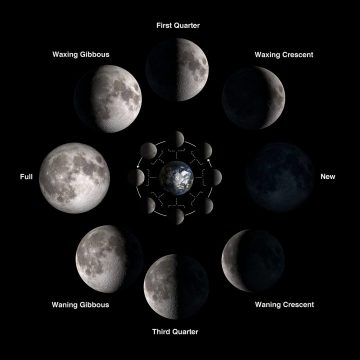
Credit: NASA/Bill Dunford
Constellations: Orion, Cygnus, Leo, Taurus depending on the season.
Visibility depends on the season:
Taurus – Winter (best November–February)
Orion – Winter (best viewed December–February)
Cygnus – Summer to early Fall (best July–October)
Leo – Spring (best March–May)
Planets: Saturn and Jupiter are often visible by early evening during opposition months.
What is opposition? Opposition means the planet is directly opposite the Sun from Earth’s point of view, which also means:
- It’s closest to Earth.
- It appears biggest and brightest.
- It rises at sunset and is visible all night.
This occurs at different points for each planet:
- Jupiter: around October–November
- Saturn: around August–September
ISS flyovers: Use apps like ISS Detector (available on Google Play and Apple App Store) to catch the International Space Station zipping across the sky.
Too Busy to Stargaze? Try a Smart Telescope Instead
There’s a good chance you’re reading this because you’re trying to justify starting or returning to stargazing as a new hobby.
Investing in a telescope that you may never get to use is a real concern, but you don’t have to just read articles and dream about someday having your turn with the universe. There is a real solution, and they’ve come a long way in recent years, smart telescopes!
Smart telescopes like the Vaonis Vespera, Unistellar eVscope, or Dwarf II are revolutionizing astronomy for casual users.
Why smart scopes work for busy lives:
- Set them up before bed and let them image overnight.
- Use an app to view objects without fiddling with alignment.
- Built-in weather checks help avoid wasted nights (they don’t have built-in weather sensors, so think of this as relaying forecasts).
- Have incredible pictures you can share with friends, family, or social media.
On top of that, smart telescopes don’t require alignment and are ready to go right out of the box.
If you’re curious about which model might suit your needs, schedule, or budget, here’s a quick look at some of the most popular smart telescopes available in 2025:
| Image | Telescope Model | Best For | Notable Features | Price (GBP) | Price (USD) | Release Year |
|---|---|---|---|---|---|---|
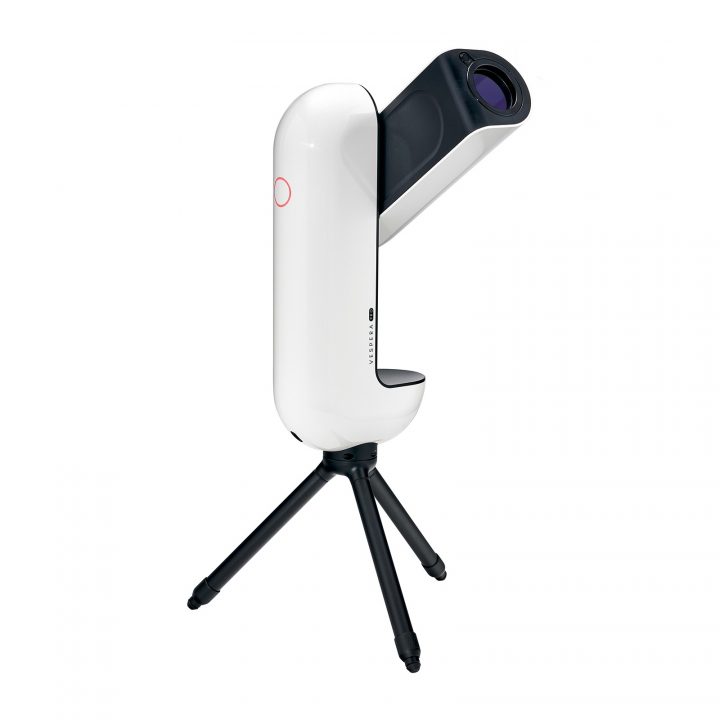 | Vaonis Vespera Pro | Deep-sky imaging | 12.5MP Sony IMX676, CovalENS, 225GB storage | £2,499 | $1,436.50 | 2024 |
Resolution: 12.5MP Sensor Type: Sony IMX676 Pixel Size: 2μm Focal Ratio: F/5 Focal Length: 250mm Resolution per Pixel: 1.6 arcseconds Battery Life: 10h Warranty: 3 years | ||||||
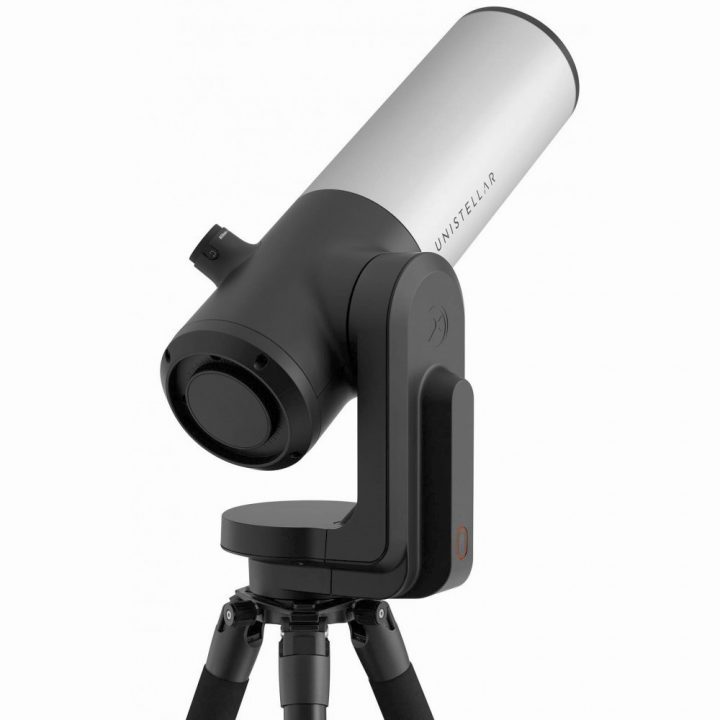 | Unistellar eVscope 2 | Planetary and deep-sky | 7.7MP Sony IMX347, Enhanced Vision, live eyepiece | £3,999 | $4,899.00 | 2021 |
Resolution: 7.7MP Sensor Type: Sony IMX347 Pixel Size: 2.9μm Focal Ratio: F/4 Focal Length: 450mm Resolution per Pixel: 1.33 arcseconds Battery Life: 9h Warranty: 2 years | ||||||
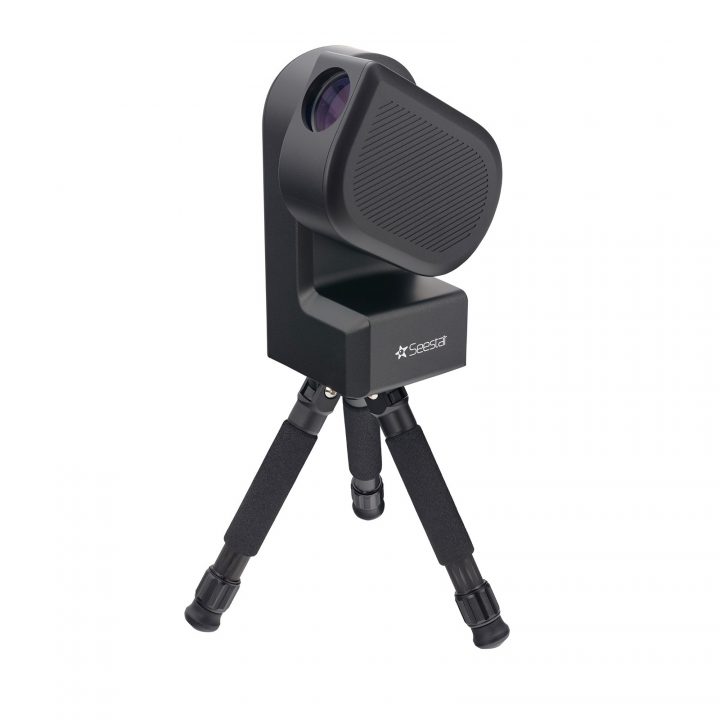 | ZWO Seestar S50 | Entry-level astrophotography | 6.3MP Sony IMX462, all-in-one, app-controlled | £539 | $549 | 2023 |
Resolution: 6.3MP Sensor Type: Sony IMX462 Pixel Size: 2.9μm Focal Ratio: F/4 Focal Length: 250mm Resolution per Pixel: 2.39 arcseconds Battery Life: 6h Warranty: 2 years | ||||||
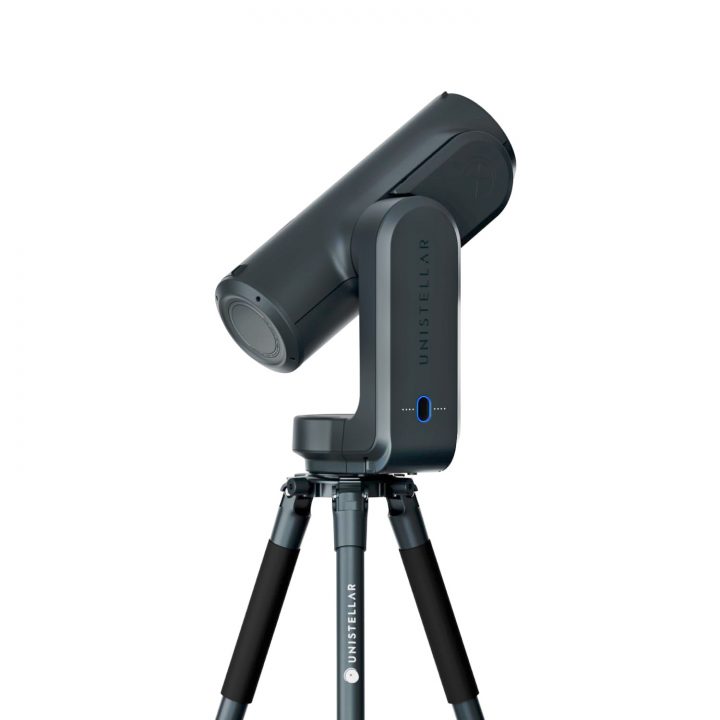 | Unistellar Odyssey | Versatile observations | Compact design, suitable for planets and deep-sky objects | £1,999 | $2,299 | 2024 |
Resolution: 3.4MP Sensor Type: Sony IMX415 Pixel Size: 1.45μm Focal Ratio: F/3.9 Focal Length: 320mm Resolution per Pixel: 1.68 arcseconds Battery Life: 5h Warranty: 2 years | ||||||
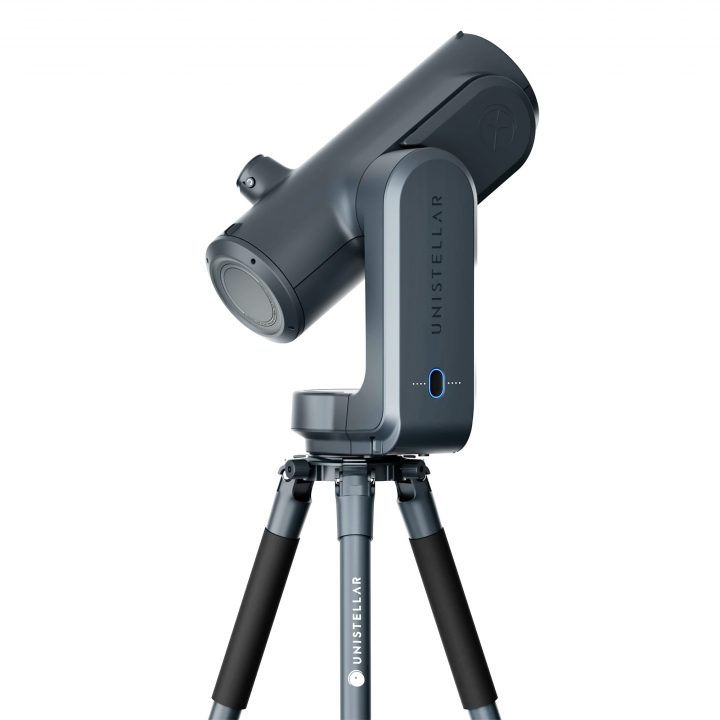 | Unistellar Odyssey Pro | Advanced astrophotography | High-resolution imaging, enhanced features | £3,499 | $3,999 | 2024 |
Resolution: 4.1MP Sensor Type: Sony IMX615 Pixel Size: 1.45μm Focal Ratio: F/3.9 Focal Length: 320mm Resolution per Pixel: 1.68 arcseconds Battery Life: 5h Warranty: 2 years | ||||||
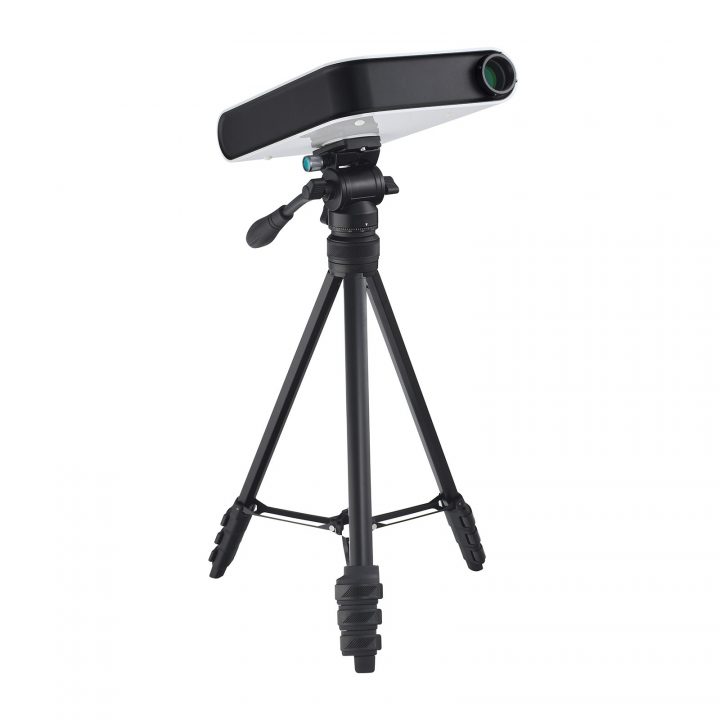 | Vaonis Hestia | Smartphone-assisted viewing | Uses smartphone camera, compact and portable | £199 | $299 | 2023 |
Resolution: N/A Sensor Type: Smartphone camera Pixel Size: N/A Focal Ratio: N/A Focal Length: N/A Resolution per Pixel: N/A Battery Life: N/A Warranty: 2 years | ||||||
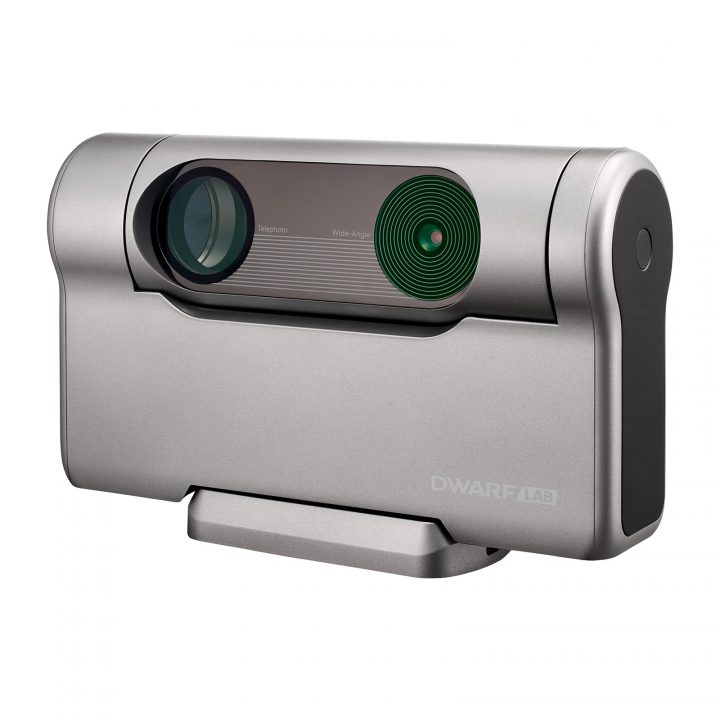 | Dwarf 3 Smart Telescope | Portable astrophotography | Dual-lens system, AI tracking, 128GB storage | £519 | $599 | 2024 |
Resolution: 8MP Sensor Type: Sony IMX678 Pixel Size: 2μm Focal Ratio: F/4.2 Focal Length: 100mm Resolution per Pixel: Not specified Battery Life: 4h Warranty: 1 year | ||||||
Just starting out? Smart scopes aren’t for everyone, but they’re a game-changer if you want to make stargazing part of your week, even around work, kids, or late nights.
If you’re curious about which model might suit your needs (or your schedule), check out the comparison table above, it highlights some of the most popular smart telescopes available in 2025.
Looking for something simpler? You might also like our FREE Guide: How to Choose Your First (or Next) Telescope.
What’s your evening stargazing routine?
Tell us in the comments below, and let’s show the world you don’t need an all-nighter to fall in love with the stars.
Enjoyed this post? If you’d like to support the creation of more beginner-friendly guides and tools, you can buy me a coffee. It means a lot. ☕
Quote #2
"Equipped with his five senses, man explores the universe around him."
-Edwin Hubble



